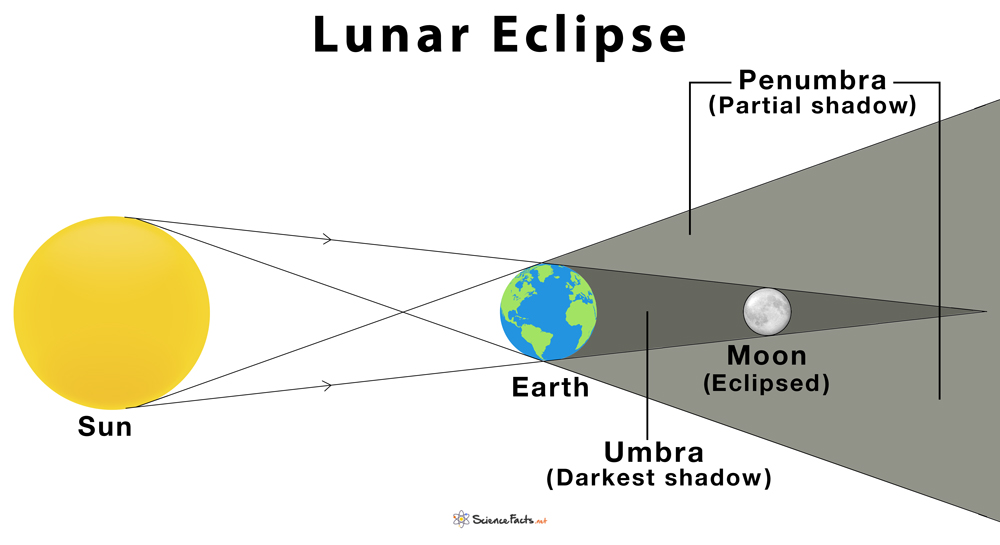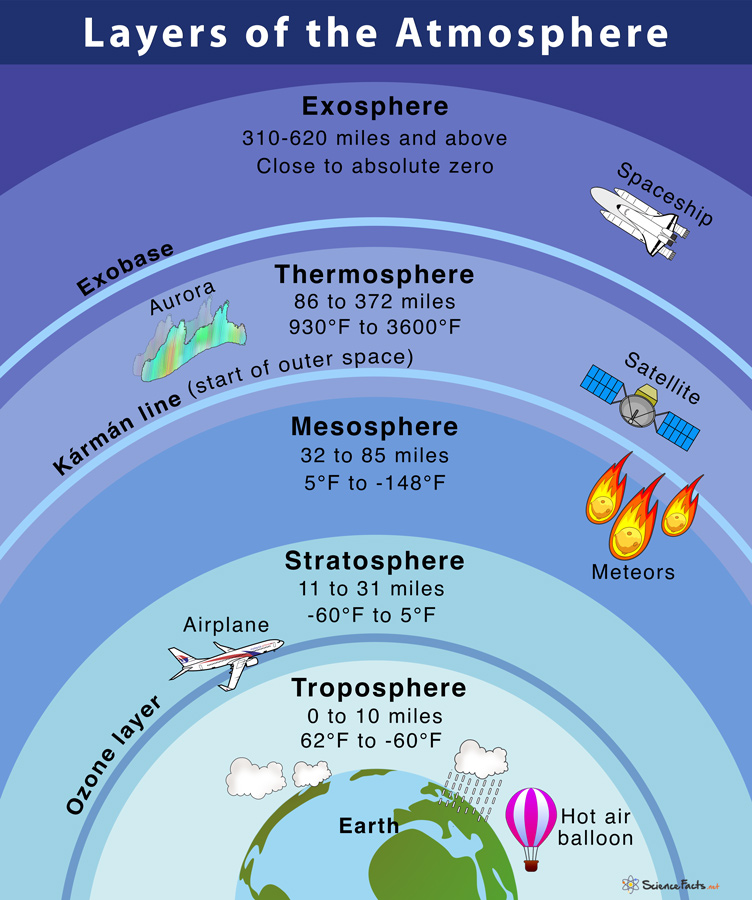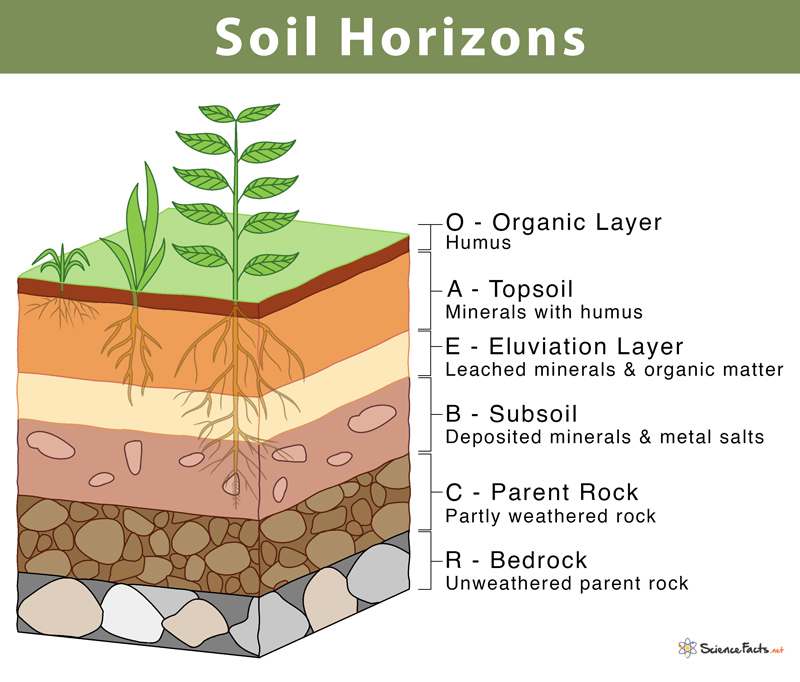Lunar Eclipse
What is a Lunar Eclipse
A lunar eclipse is a natural phenomenon in which the moon appears darkened as it passes into the earth’s shadow.
What Causes a Lunar Eclipse
The primary condition required for a lunar eclipse to occur is that the sun, the earth, and the moon should be exactly or very closely aligned, with the earth being positioned between the other two. This blocks the light of the sun from reaching the moon’s surface, thereby casting its shadow on the moon and causing a lunar eclipse.
Types of Lunar Eclipse
1) Penumbral Lunar Eclipse
Found to occur when the sun, the earth, and the moon are not perfectly aligned with each other. During this phenomenon, the earth blocks some amount of solar light from directly reaching the moon’s surface by covering all or part of the moon with the outer part of its shadow. This partially dark part of the shadow is called the penumbra.
2) Partial Lunar eclipse
It happens when the earth moves between the sun and the moon, but the three celestial bodies do not form a straight line with each other. During this phenomenon, a small part of the moon is covered by the central, darkest part of the earth’s shadow. This part of a shadow is called the umbra.
3) Total Lunar Eclipse (Blood Moon)
It takes place when the earth comes between the sun and the moon and covers the moon entirely with its shadow. During a total lunar eclipse, the fully-eclipsed moon appears reddish and is thus also called a blood moon.
FAQs
Ans. A lunar eclipse can last up to 3 hours and 40 minutes.
Ans. At least two lunar eclipses and as many as five occur every year. On average, a total lunar eclipse can be seen from any given location every 2.5 years.
Ans. During a total lunar eclipse or blood moon, the only light that reaches the moon’s surface is from the edges of the earth’s atmosphere. The air molecules from the earth’s atmosphere scatter out most of the blue light reflecting the reddish spectrum of the visible light, thus making the moon appear red in the night sky.
Ans. The lunar eclipse is safe to be watched without any special glasses because, unlike the solar eclipse, it does not damage our eyes.
Ans. A moon is always in full moon stage when the lunar eclipse occurs.
Ans. According to the flat-earthers’ theory, the earth is a flat object similar to a pancake, whereas the sun and the moon are spherical objects. So, according to them the sun and the moon orbit only around the North Pole of the earth, hovering directly above, excluding the South Pole. This theory cannot explain the phenomenon of the lunar eclipse.
Article was last reviewed on Monday, April 6, 2020







